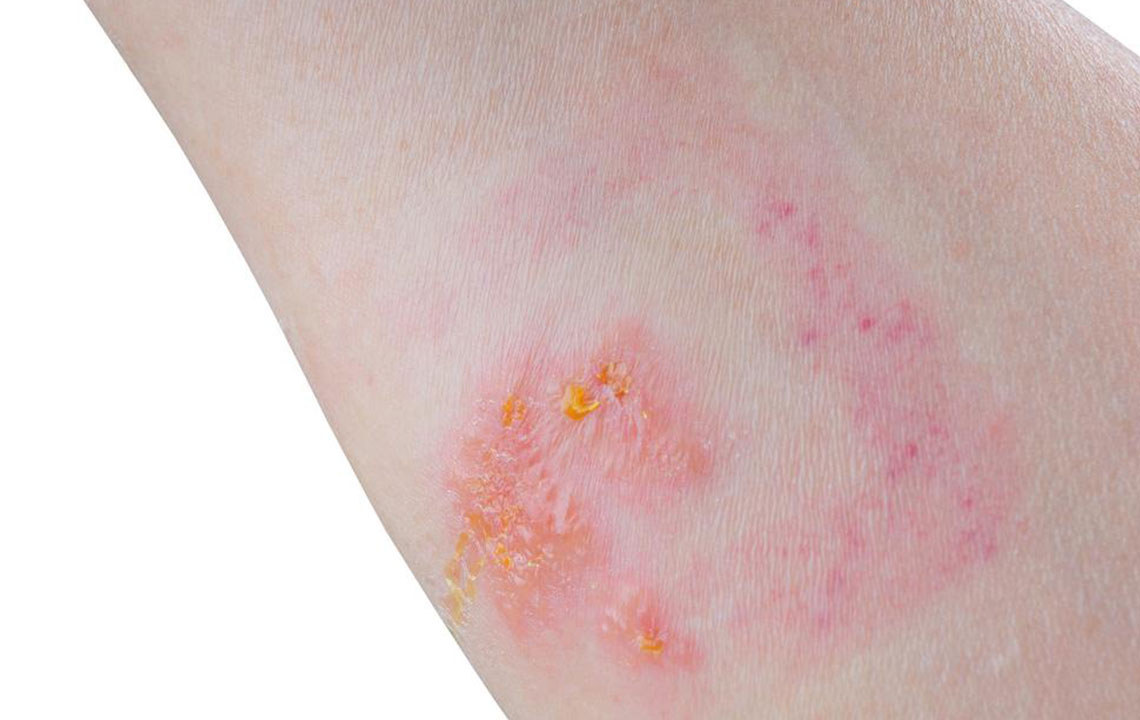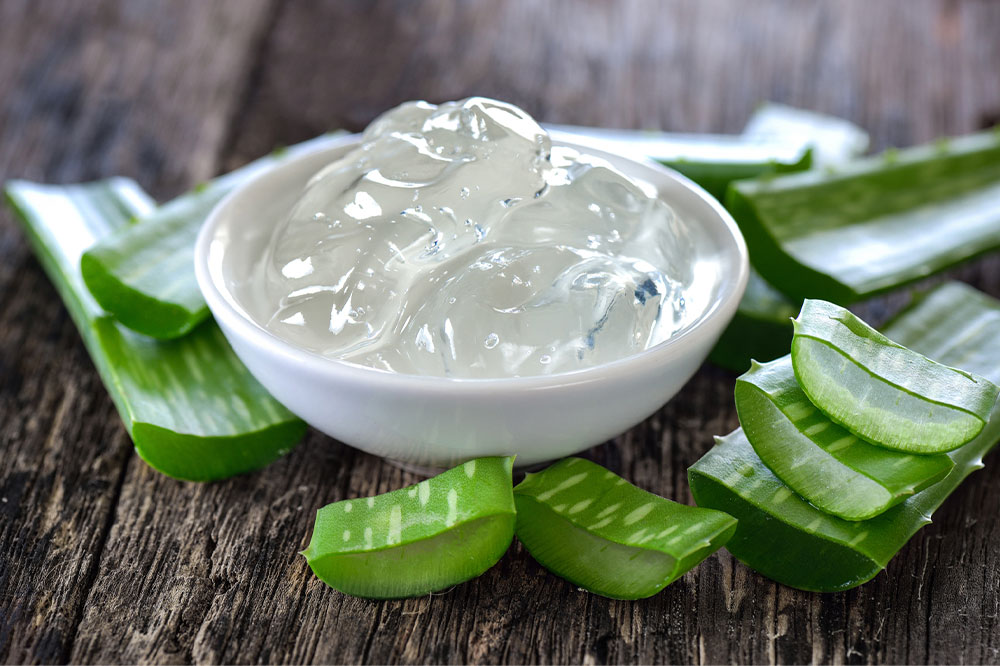Understanding Skin Rashes: Causes and Treatments
This article explores common causes of skin rashes, such as Granuloma Annulare and Psoriasis, including their symptoms and treatment options. It emphasizes the importance of consulting healthcare providers for persistent or severe rashes and offers insights on managing skin irritation effectively. Understanding different types of rashes helps in proper identification and timely intervention to reduce discomfort and improve skin health.

Understanding Skin Rashes: Causes and Treatments
Skin rashes appear as redness, bumps, and irritations that may cause itchiness or burning sensations. Basically, any abnormal change in the skin can be classified as a rash. Various factors can trigger these skin reactions.
Numerous online resources offer detailed descriptions and images of skin conditions. These photos serve as visual aids for identifying rashes but should not replace professional medical advice—especially if the rash persists or worsens.
Granuloma Annulare: This type of rash appears as red, firm rings of bumps on areas like the hands, feet, or forearms. Diagnosis is straightforward with a biopsy. Treatment varies from natural resolution to procedures such as freezing with liquid nitrogen; oral medications may also be prescribed for rapid relief.
Psoriasis: This chronic condition causes red, scaly, bumpy patches primarily on the scalp, elbows, and knees.
This condition has a genetic basis and is influenced by environmental factors. The immune system's T-cells mistakenly attack healthy skin, leading to the buildup of dead cells and patchy skin formations. Treatment options range from home remedies for milder cases to prescription medications for more severe symptoms. Early management can reduce discomfort and improve appearance.
Skin rashes can be bothersome, affecting daily life with itching, redness, and discomfort. Prompt and appropriate treatment can alleviate symptoms and provide relief.










